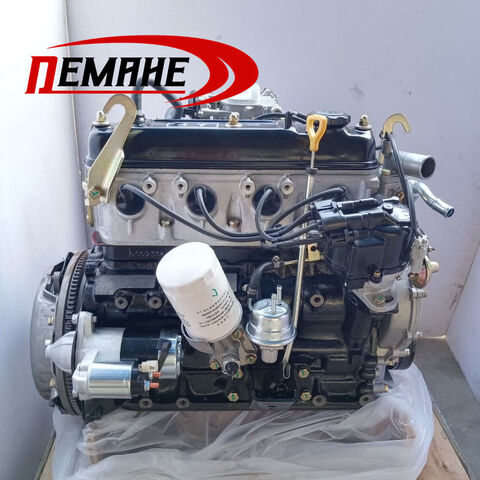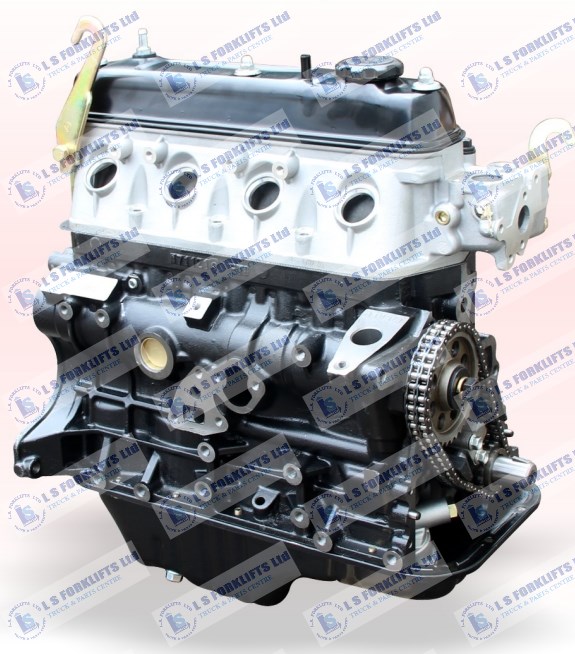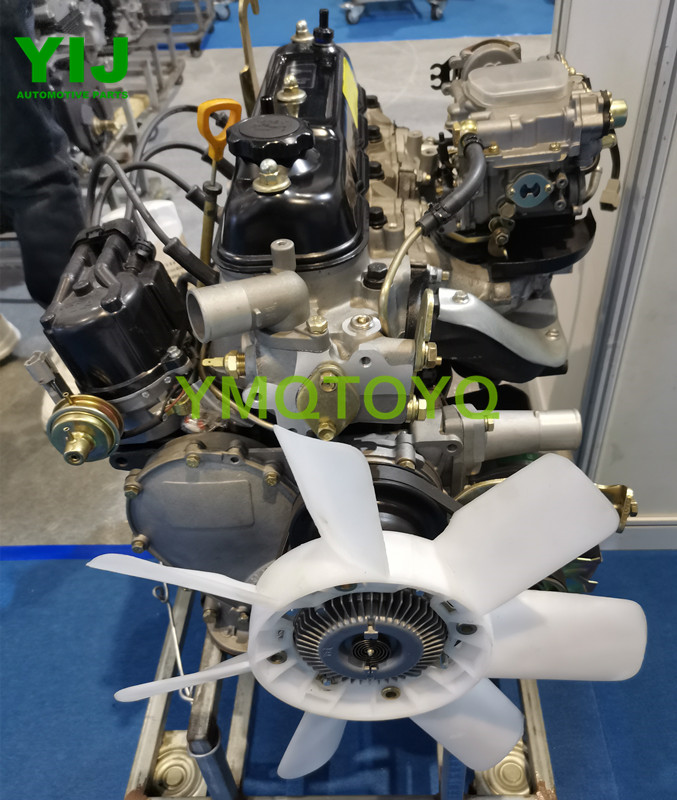How the 4Y Engine Contributes to a Smooth and Powerful Driving Experience
Discovering the Various Kinds Of Engine: Which One Fits Your Requirements?
Internal burning engines proceed to control due to their dependability, while electric engines are acquiring grip for their sustainability. Crossbreed engines supply a functional compromise, and diesel engines stand out for their power in requiring applications.

Inner Combustion Engines
Inner combustion engines (ICEs) are the foundation of contemporary transportation, powering a substantial variety of automobiles from cars and trucks to planes. These engines run on the principle of converting fuel right into power via a series of regulated surges within a combustion chamber. The most common kinds of ICEs consist of gasoline engines, diesel motor, and rotating engines, each made to meet details performance and efficiency requirements.
Gas engines normally make use of spark ignition, while diesel engines depend on compression ignition, resulting in distinctive differences in gas effectiveness and power outcome (4y engine). Rotating engines, or Wankel engines, offer a compact layout and smooth operation, but are less commonly used in mainstream applications
ICEs have actually gone through substantial developments in technology, consisting of the intro of turbocharging and gas injection systems, which enhance general efficiency and efficiency. Regardless of their efficiency improvements, ICEs face enhancing scrutiny as a result of their environmental influence, specifically relating to greenhouse gas exhausts. As the automotive market progresses, the future of ICEs remains a subject of debate, stabilizing performance, performance, and ecological considerations. They continue to play a crucial function in international transport framework.
Electric Engines
As worries about ecological sustainability and nonrenewable fuel source dependency expand, electrical engines have actually become an engaging choice to inner combustion engines. These engines utilize electrical motors powered by batteries or gas cells, giving a cleaner and extra efficient methods of propulsion.
One of the primary advantages of electrical engines is their minimized exhausts. Unlike traditional engines that melt nonrenewable fuel sources, electrical engines create no tailpipe emissions, considerably decreasing air contamination and adding to enhanced public wellness. In addition, the performance of electric motors commonly goes beyond that of inner burning engines, transforming a better proportion of power from the source of power right into useful power for motion.
Electric engines are likewise notable for their peaceful procedure, making them suitable for metropolitan settings. 4y engine. The simplicity of their design results in less moving parts, which can bring about decreased maintenance prices and boosted dependability gradually
Nonetheless, obstacles continue to be, consisting of battery production influences, billing facilities, and range restrictions. Despite these difficulties, the expanding investment in electric lorry innovation and renewable resource resources factors toward an encouraging future for electric engines, placed to play a critical role in the transition toward lasting transport.
Hybrid Engines
Mixing the benefits of both conventional and electrical inner burning engines, hybrid engines represent a flexible solution in the mission for efficient and sustainable transportation. These engines combine a gasoline or diesel motor with an electric motor, permitting boosted gas efficiency and minimized emissions contrasted to traditional vehicles.
Hybrid engines run in several modes, using the electrical motor for low-speed driving and the interior burning engine for greater speeds or when more useful site power is needed. This vibrant procedure not just boosts gas economic climate however likewise adds to a smoother driving experience. Regenerative braking is another vital attribute, recording power commonly shed during stopping and redirecting it to recharge the battery.

As customers progressively prioritize eco-friendliness, hybrid engines stand apart as a useful option, supplying an effective equilibrium of efficiency, effectiveness, and ecological duty. This versatility makes them appropriate for metropolitan commuting and long-distance traveling alike.
Diesel Motor
Effectiveness and power are trademarks of diesel motor, which have actually long been preferred for their effectiveness and fuel economy. These engines run on the principle of compression ignition, where air is compressed to a heat prior to fuel is injected, igniting it without the need for stimulate plugs. This procedure makes it possible for diesel engines to accomplish greater thermal efficiency contrasted to gasoline engines, equating right into much better gas mileage and lower carbon dioxide discharges.
Diesel motor are especially appropriate for heavy-duty applications such as trucks, buses, and commercial machinery, where torque and longevity are vital. Their layout commonly consists of stronger parts to stand up to the greater pressures generated throughout operation, leading to longer solution life and minimized maintenance prices.

Different Gas Engines
While diesel motor have long controlled the landscape of heavy-duty source of power, alternative gas engines are obtaining traction as feasible options for a more sustainable future. These engines use a variety of fuels, such as compressed gas (CNG), ethanol, hydrogen, and propane, intending to decrease greenhouse gas exhausts and reliance on nonrenewable fuel sources.
One considerable advantage of alternate fuel engines is their potential to lower carbon impacts. For example, CNG engines produce fewer contaminants contrasted to standard diesel engines, making them ideal for metropolitan transportation systems and fleets seeking to boost air quality. Ethanol, stemmed from biomass, not only decreases discharges yet likewise sustains agricultural economic situations.
Hydrogen fuel cells represent an advanced growth in this realm, supplying zero-emission power via a chemical reaction in between hydrogen and oxygen. Difficulties such as framework growth and manufacturing costs stay challenges to widespread adoption.
Verdict
Inner site here combustion engines provide reliability, while electric engines focus on sustainability and minimized maintenance. Hybrid engines incorporate the benefits of both, boosting effectiveness, whereas diesel engines provide superior power and torque for heavy-duty applications.
Crossbreed engines supply a flexible concession, and diesel engines stand out for their power in demanding applications. The most typical types of ICEs include gasoline engines, diesel engines, and rotary engines, each designed to meet details efficiency and effectiveness demands.
Unlike traditional engines that burn fossil gas, electric engines generate absolutely no tailpipe exhausts, significantly reducing air contamination and contributing to enhanced public health and wellness.Crossbreed engines operate in numerous settings, making use of the electrical motor for low-speed driving and the inner burning engine for higher speeds or when more power is required. Hybrid engines incorporate the advantages of both, enhancing effectiveness, whereas diesel engines offer superior power and torque for sturdy applications.